What is Teeth Whitening
Teeth whitening is a cosmetic dental procedure designed to lighten the color of your teeth, making them appear brighter and more aesthetically pleasing. It works by removing stains and discoloration that have accumulated over time. This can be achieved through various methods, ranging from professional treatments administered by a dentist to over-the-counter products available for at-home use. The effectiveness and longevity of the whitening results depend on the method chosen, the severity of the staining, and individual factors such as diet and oral hygiene. Regular teeth whitening can significantly enhance a person’s smile, boosting confidence and improving overall appearance. It is a popular and effective way to achieve a more vibrant and youthful smile.
Types of Teeth Whitening Procedures
There are primarily two main categories of teeth whitening procedures professional treatments and at-home methods. Professional teeth whitening is typically performed by a dentist and often involves the use of higher concentrations of bleaching agents, resulting in faster and more dramatic results. At-home methods include over-the-counter whitening products, such as whitening strips and toothpastes, and professional at-home whitening kits provided by a dentist. Each type offers different levels of convenience, cost, and effectiveness. It’s important to consult with a dentist to determine the most suitable whitening method for your specific needs and oral health condition. The choice depends on factors like the extent of staining, sensitivity of teeth, and personal preferences.
In-Office Teeth Whitening
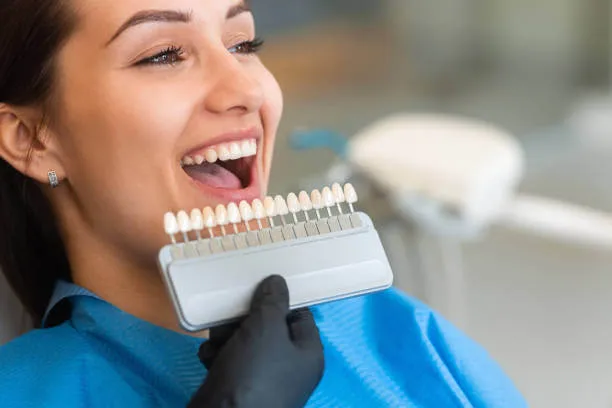
In-office teeth whitening, also known as chairside bleaching, is a professional procedure performed by a dentist in a dental clinic. The process usually starts with a thorough cleaning of the teeth to remove any plaque or debris. A high-concentration bleaching agent, often containing hydrogen peroxide, is then applied to the teeth. To accelerate the whitening process, a special light or laser may be used, although this step is optional. The dentist carefully monitors the process to ensure safety and minimize any potential side effects, such as tooth sensitivity. In-office treatments offer significant advantages, including faster results, controlled application of bleaching agents, and the expertise of a dental professional. This makes it an ideal choice for those seeking rapid and effective teeth whitening.
Professional Teeth Whitening Process
The professional teeth whitening process typically involves several key steps. First, a comprehensive dental examination and cleaning are performed to ensure your teeth and gums are healthy. The dentist then isolates the teeth to be whitened, protecting the gums with a special barrier. A high-concentration whitening gel is applied to the teeth, and in some cases, a special light is used to enhance the whitening effect. The gel is left on the teeth for a specific period, usually in intervals, and then removed. This process may be repeated several times during a single session to achieve the desired level of whiteness. Finally, the dentist provides post-whitening instructions and recommendations to maintain the results. The entire process is conducted under professional supervision, ensuring both effectiveness and safety.
Benefits of In-Office Teeth Whitening
In-office teeth whitening offers several significant benefits. One of the most notable is the speed at which results are achieved. Professional treatments can often whiten teeth several shades in just one or a few sessions, which is a major advantage over at-home methods. The process is also highly controlled, with the dentist monitoring the procedure to minimize any potential risks, such as gum irritation or tooth sensitivity. Moreover, in-office whitening typically uses stronger bleaching agents, leading to more dramatic and longer-lasting results compared to over-the-counter products. The professional setting also ensures that the treatment is safe and tailored to the individual’s specific needs and oral health conditions, making it a reliable and effective option for achieving a brighter smile.
At-Home Teeth Whitening
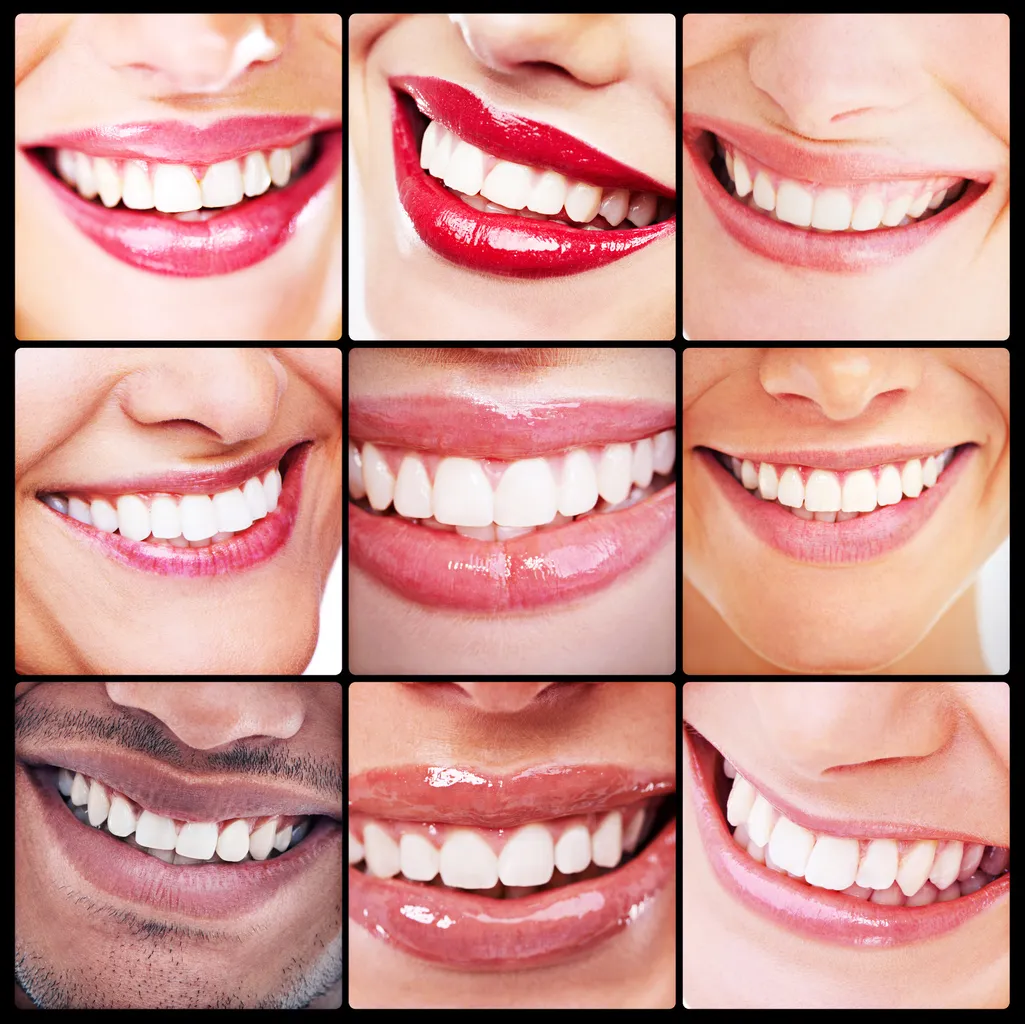
At-home teeth whitening provides a convenient and cost-effective way to improve the appearance of your teeth from the comfort of your own home. There are several options available, including over-the-counter products like whitening strips, gels, and toothpastes, as well as custom-fitted whitening kits provided by your dentist. Whitening strips are easy to use and involve applying a thin strip coated with a bleaching agent directly to your teeth. Whitening gels can be applied using a tray or a brush. Whitening toothpastes contain mild abrasives and chemicals that help remove surface stains. While at-home methods may not yield the same dramatic results as professional treatments, they can effectively lighten teeth over time, offering a practical solution for maintaining a brighter smile. It is important to follow the instructions carefully and consult with your dentist to ensure safe and effective use.
Over-the-Counter Whitening Products
Over-the-counter (OTC) teeth whitening products are widely accessible and offer a convenient way to whiten your teeth at home. These products include whitening strips, gels, toothpastes, and mouthwashes. Whitening strips are thin, flexible strips coated with a peroxide-based bleaching agent that adheres directly to the teeth. Whitening gels can be applied using a tray or a brush. Whitening toothpastes contain mild abrasives and chemicals that help remove surface stains, and whitening mouthwashes work similarly. The effectiveness of these products varies depending on the concentration of the bleaching agent and the duration of use. While they may not provide the same dramatic results as professional treatments, OTC products can still help to lighten teeth, remove surface stains, and improve the overall appearance of your smile. It’s important to read and follow the product instructions carefully and consult with your dentist if you have any concerns.
Professional At-Home Whitening Kits
Professional at-home whitening kits are provided by a dentist and offer a more customized and effective approach to teeth whitening compared to over-the-counter products. These kits typically include custom-fitted trays made from impressions of your teeth, ensuring a comfortable and precise fit. The dentist will provide a higher-concentration bleaching gel than what is available in OTC products, which is applied to the trays and worn for a specified amount of time each day or night. This method provides more controlled and consistent results. Because a dentist supervises the process, it allows for monitoring of the teeth and gums, helping to minimize potential side effects like sensitivity. Professional at-home kits offer a balance between convenience and effectiveness, providing a brighter smile under professional guidance.
Maintaining Your Bright Smile
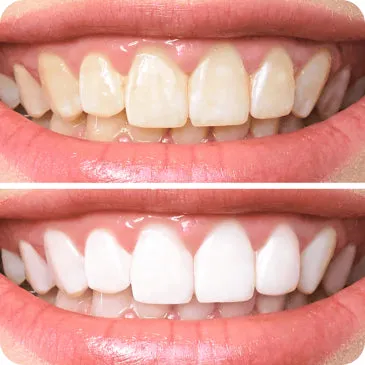
Maintaining a bright smile after teeth whitening requires a combination of good oral hygiene practices and mindful lifestyle choices. This includes regular brushing and flossing to remove plaque and food particles that can contribute to staining. Using a whitening toothpaste can also help to maintain the results. Avoiding or limiting consumption of stain-causing foods and drinks, such as coffee, tea, red wine, and berries, is essential. Regular dental check-ups and cleanings will help to remove any accumulated stains and keep your teeth looking their best. Following these recommendations will help you prolong the effects of your teeth whitening treatment and enjoy a beautifully bright smile for a longer period of time. Consistency in your oral care routine and dietary habits is key to preserving the results.
Tips for Post-Whitening Care
After undergoing teeth whitening, certain precautions and care practices are recommended to maximize the longevity of your bright smile. It’s important to avoid or minimize the consumption of highly pigmented foods and drinks, such as coffee, tea, red wine, dark sodas, and berries, for at least the first few days after treatment, as your teeth are more susceptible to staining during this time. Refrain from smoking, as tobacco use can quickly discolor your teeth. Brush your teeth gently with a soft-bristled toothbrush and use a whitening toothpaste to help maintain the results. Regular dental check-ups and cleanings are crucial to remove any surface stains and keep your teeth looking their best. Following these tips will help you preserve your newly whitened smile and enjoy it for an extended period.
Dietary Considerations After Whitening
Diet plays a significant role in maintaining the results of teeth whitening. After whitening, your teeth are more porous and susceptible to staining, so it’s essential to be mindful of what you consume. For the first few days, it’s recommended to follow a ‘white diet’, which includes foods and drinks that are less likely to stain your teeth. This includes white rice, pasta, chicken, fish, potatoes, and dairy products like milk and yogurt. Avoid highly pigmented foods and drinks such as coffee, tea, red wine, dark sodas, berries, and soy sauce. When you do start to consume these items again, do so in moderation and rinse your mouth with water immediately after. Regular dental hygiene practices, including brushing and flossing, are also vital in protecting your newly whitened teeth.
Common Causes of Tooth Discoloration
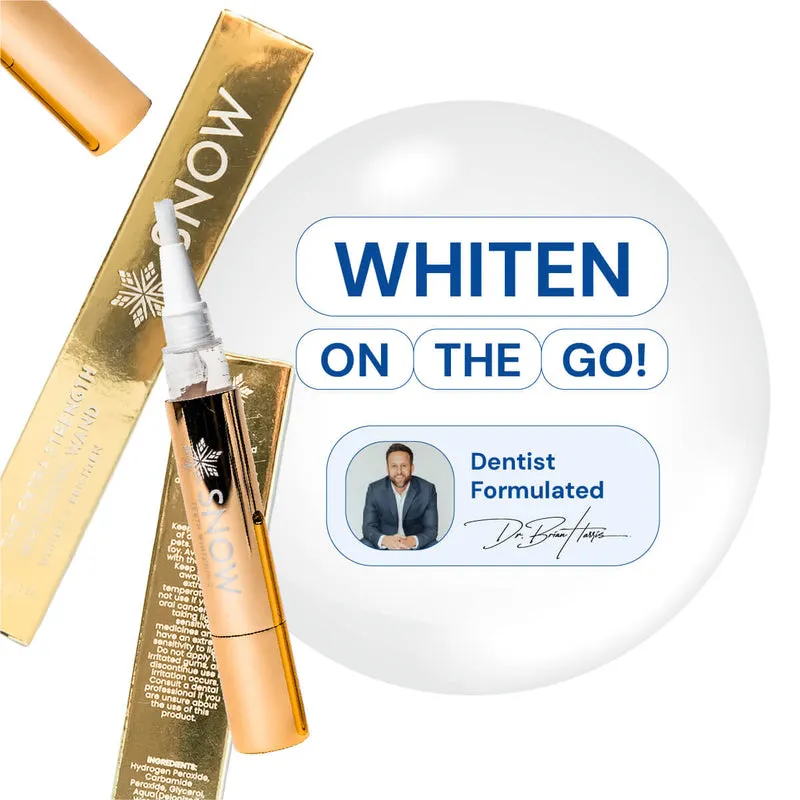
Tooth discoloration can be caused by a variety of factors, some of which are avoidable, and others that are not. The most common causes include the consumption of staining foods and drinks, such as coffee, tea, red wine, and dark-colored berries. Smoking and tobacco use are also significant contributors, as they stain teeth and can also lead to other oral health problems. Aging naturally causes teeth to darken as the enamel wears down, revealing the yellowish dentin underneath. Certain medications, such as tetracycline antibiotics, can cause discoloration, especially if taken during childhood. Dental trauma or injury can also lead to discoloration. Poor oral hygiene, including inadequate brushing and flossing, allows stains to accumulate and darken the teeth. Understanding these causes helps in taking preventive measures and seeking appropriate teeth whitening treatments.
Factors Affecting Teeth Whitening Results
Several factors can influence the effectiveness of teeth whitening treatments. The type and severity of stains play a crucial role; surface stains from coffee or tea generally respond well, while deeper stains caused by medications or aging may be more resistant. The concentration of the bleaching agent used in the whitening product affects the degree of lightening. Individual tooth structure and enamel thickness also impact the results, as thicker enamel tends to whiten more effectively. Patient compliance with the treatment instructions is essential; inconsistent use of at-home whitening products or failure to follow post-whitening care can diminish the results. Pre-existing dental conditions, such as cavities or gum disease, can also affect whitening outcomes. Additionally, certain dental restorations, such as fillings, crowns, and veneers, will not whiten and may need to be replaced to match the newly whitened teeth. A consultation with a dentist can help assess these factors and determine the best approach.
Who is a Good Candidate for Teeth Whitening
Generally, most individuals with healthy teeth and gums are suitable candidates for teeth whitening. However, there are certain conditions and considerations to keep in mind. People with surface stains caused by coffee, tea, tobacco, or aging tend to see the best results. Individuals with tooth-colored fillings, crowns, or veneers should be aware that these restorations will not whiten, and they may need to be replaced to match the new shade of their natural teeth. Those with significant dental problems, such as cavities, gum disease, or sensitive teeth, should have these issues addressed before undergoing whitening. Pregnant or breastfeeding women and individuals with certain medical conditions should consult their dentist before undergoing teeth whitening. A consultation with a dentist is essential to determine if teeth whitening is appropriate and to discuss the most suitable treatment options.
Consulting a Dentist
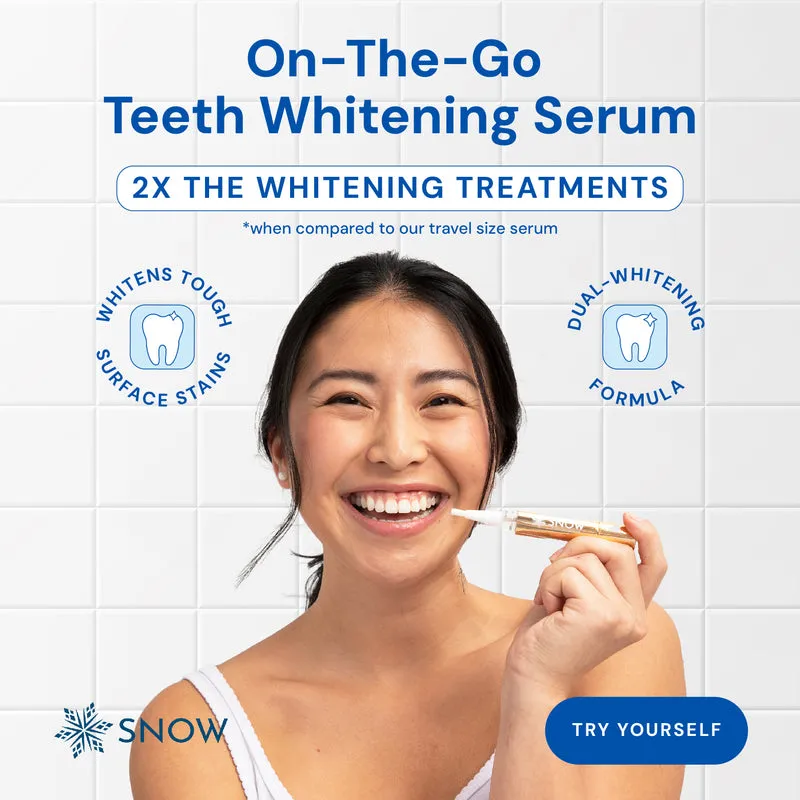
Consulting a dentist is a crucial step before undergoing any teeth whitening procedure. A dentist can assess your oral health and determine the cause of your tooth discoloration. They can identify any underlying dental issues, such as cavities or gum disease, that need to be addressed before whitening. The dentist can also advise on the most appropriate whitening method based on the type and severity of your stains, your teeth sensitivity, and your overall oral health. Professional dental advice ensures that the treatment is safe and effective, minimizing the risk of complications like tooth sensitivity or gum irritation. Furthermore, your dentist can provide custom-fitted whitening trays for at-home use, offering a more effective and controlled whitening experience compared to over-the-counter products. Regular dental checkups and cleanings will also help ensure the longevity of the whitening results.
Cost of Teeth Whitening Procedures
The cost of teeth whitening procedures varies depending on the type of treatment chosen. In-office teeth whitening, which is performed by a dentist, typically costs more than at-home methods due to the professional expertise and use of stronger bleaching agents. The price can vary based on the location, the dentist’s fees, and the specific whitening system used. At-home whitening kits, including custom-fitted trays and bleaching gel provided by a dentist, are generally more affordable than in-office treatments but more expensive than over-the-counter products. Over-the-counter whitening products, such as strips, gels, and toothpastes, are the most budget-friendly options. However, the effectiveness of these products may vary. It is essential to consider the cost of the treatment in relation to the expected results, the convenience, and the level of professional support. Consulting with a dentist can help you understand the cost of different teeth whitening options and choose the best one for your budget and needs.
In conclusion, achieving a brighter smile through teeth whitening is an attainable goal with various methods available, ranging from professional treatments to convenient at-home solutions. Understanding the different types of procedures, such as in-office and at-home methods, and considering individual factors like the causes of discoloration and potential risks, allows for informed decision-making. Prioritizing oral health through dental consultations, proper aftercare, and lifestyle choices ensures the longevity and effectiveness of whitening efforts. By consulting with a dentist and following recommended practices, individuals can enjoy a more confident and radiant smile, enhancing their overall appearance and well-being. The journey to a brighter smile begins with informed choices and consistent care.
